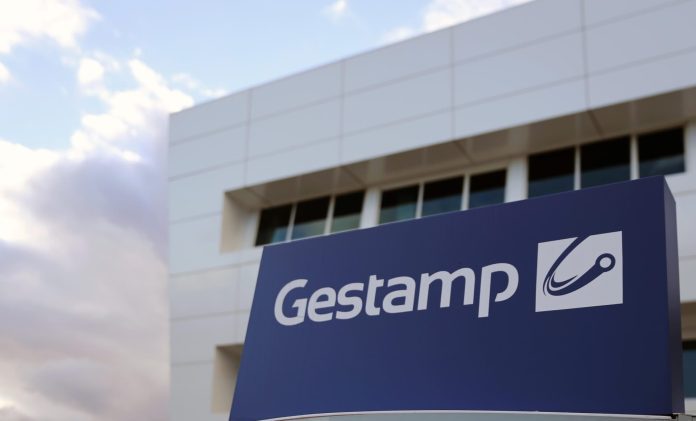Spanish carrier Telefónica and Gestamp, which is a multinational company that designs and manufactures automotive components, have implemented a 5G-connected factory use case in one of Gestamp’s plants in Barcelona.
The project, which claims to be the first digitised factory with 5G in Spain for industrial processes, consists of virtualizing a complete factory and connecting it to 5G to improve the decision-making process. Specifically, Telefónica says it has connected the physical elements of the plant, such as the robotic welding cells, via 5G to capture and process in real time the data produced by this industrial equipment during its operation through the nearby computing capabilities enabled by Multi Access Edge Computing.
The whole process is completed with the connection of the physical elements using a digital twin, a virtual model of the factory processes that is fed with the data received through 5G, making it possible to carry out simulations and optimize the decision-making process.
The project employs infrastructure located in Barcelona, very close to the Gestamp factory, Telefonica said.
Both the 5G client equipment at Gestamp and the mobile network have been set up so that the traffic generated in the factory reaches the MEC directly, without making unnecessary jumps in the network or through the internet, the two companies said.
“The company has been working for years on a smart and connected factory model that seeks to increase the flexibility of its industrial facilities. 5G connectivity project is a key element within this strategy,” said René González, advanced manufacturing corporate director at Gestamp. “The adoption of 5G technology is part of a process that takes place at a time of great technological disruption in the automotive industry, with the emergence of electric and connected cars.”
Telefonica has switched on its 5G network in all of Spain’s 50 provincial capitals, as well as in 400 other localities across the country.
According to recent press reports, Telefonica already provides its 5G service to approximately 40% of the Spanish population. The telco previously said it aims to cover 75% of the population with the new technology by the end of the year.
Telefonica said it will launch a SA (standalone) 5G network when the technology becomes “fully available” after standardization.
The carrier is offering its 5G service through spectrum in the 3.5 GHz and 1.8-2.1 GHz bands. The Spanish government expects to award spectrum in the 700 MHz band for the provision of 5G in the first quarter of next year.
The telco had previously inked commercial deals with Nordic vendors Nokia and Ericsson to supply the equipment and services for its 5G launch.

